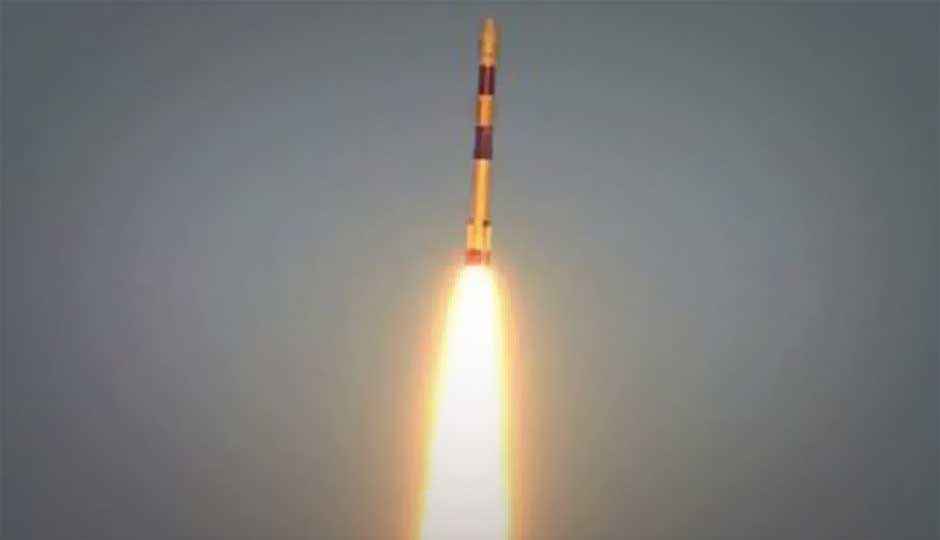British project sends smartphone into space; satellite launched by India

A team of researchers from the University of Surrey, with the help of India, have put the first smartphone into space. A special app attempts to confirm if "in space no-one can hear you scream" theory is really true or not.
Researchers from the University of Surrey have successfully begun the project of putting a smartphone in space. The British-built Strand-1 spacecraft was sent into orbit, from Sriharikota in India. The STRaND-1 “phonesat” carries a Nexus One smartphone. This satellite, the world’s first phonesat, will orbit the earth for six months. Weighing 4.3 kg and measuring 10cm by 30cm, the satellite has been developed by the University of Surrey’s Space Centre (SSC) and Surrey Satellite Technology (SSTL). Indian Space Research Organization’s (ISRO) Polar Satellite Launch Vehicle, PSLV-C 20 lifted off from Sriharikota in Andhra Pradesh, carrying the smartphone satellite
The satellite flies a Google Nexus One smartphone, a new Linux-based high-speed processor and attitude & orbit control system, and two novel propulsion systems (8 pulsed plasma thrusters and a water-alcohol propulsion system).
Professor Sir Martin Sweeting, SSC Director and also Executive Chairman of SSTL, commented “STRaND-1 from SSC and SSTL is an example of the real synergy of academic research linked to commercial development and exploitation that is the hallmark of Surrey. This mission is a fantastic achievement and a great tribute to the hard work of the engineers involved. The UK’s first nanosatellite SNAP-1, also built by SSC & SSTL and launched in 2000, was the world’s most advanced nanosatellite at the time – STRaND-1 continues that story with the latest technologies available to us in 2013.” Sir Martin added: “This launch is SSTL’s first with ISRO, and I am looking forward to exploring opportunities for further launches and a wider collaboration on space projects in the future.”
During the first phase of the mission, STRaND-1 will be controlled by the satellite’s attitude control system and a new high-speed linux-based CubeSat computer. During phase two the STRaND-1 team plans to switch many of the satellite’s in-orbit operations to the smartphone, a Google Nexus One which uses the Android operating system, thereby testing the capabilities of many standard smartphone components for a space environment.
The smartphone has also been loaded with a number of experimental ‘Apps’, some serious and some just for fun. One of these apps is the Scream in Space app, developed by Cambridge University Space Flight. It consists of several screams that were submitted by people to the project, on their website. At various points during the journey, the app will play back videos of the screams, and the researchers will monitor if the phone’s onboard speaker picks up the noise.
STRaND-1 is flying innovative new technologies such as a ‘WARP DRiVE’ (Water Alcohol Resistojet Propulsion Deorbit Re-entry Velocity Experiment) and electric Pulsed Plasma Thrusters (PPTs); both ‘firsts’ to fly on a nanosatellite. The WARP DRiVE propulsion system is designed to deorbit the satellite at the end of its useful lifetime.
The Surrey Satellite Technology Ltd has confirmed that STRaND-2 is already in the works.
Source: sstl.co.uk
